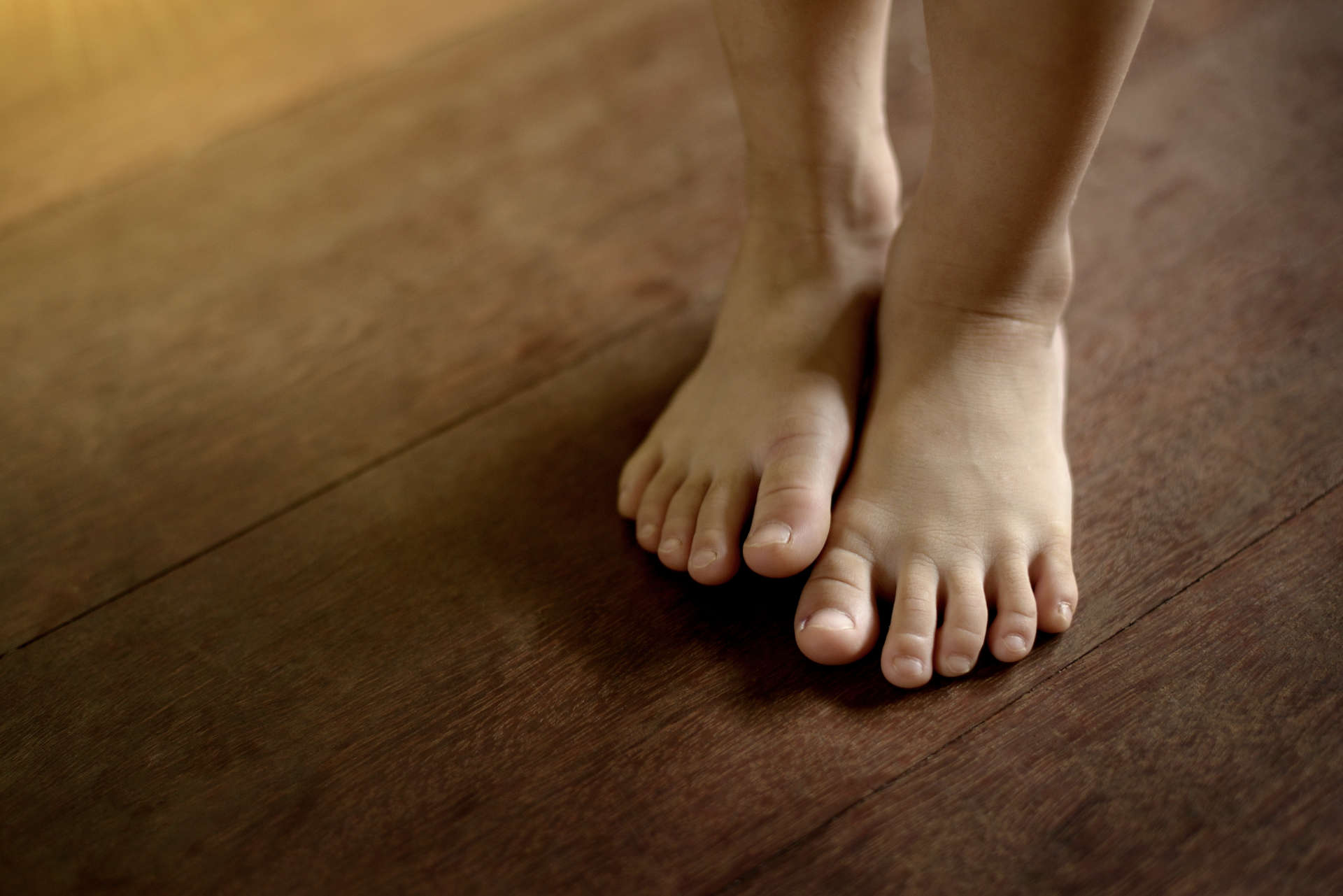What to do if your child has foot problems: everything you need to know about Verruca’s and Ingrown Toenails.
Children are often on their feet, constantly walking and running. Therefore, it is very likely that your child will experience foot problems at some point. This can lead to stress and anxiety for both the child and parents.
We hope to avoid this by providing some helpful information on the most common foot problems children experience. At Podiatry Station, we have a dedicated Specialist Podiatrist who is experienced and knows how to deal with children’s foot problems.
How do you treat children’s Verruca’s?
A verruca is a virus that causes a build-up of hard skin that commonly occurs on the soles of the feet or around the toe area. The most common appearance is that of a small cauliflower-type growth on the soles of your feet. They may have black dots, which are small blood vessels, that cause the Verruca’s to bleed.
Verrucae are most seen in children and young adults. You are more likely to catch a verruca if you are barefoot in communal areas. They are a type of infection, which means you can pass them on to someone else. Anyone with a Verruca should keep it covered in communal areas and should not share towels or shoes with anybody.
If a Verruca is not painful, then it is not necessary to treat it. However, if it is painful then see a Podiatrist to advise you on the various treatments available. Treatment is normally recommended if the Verruca’s appear to be spreading and/or are painful. One treatment option is Swift Microwave Therapy, which has a 100% success rate amongst children.
What do I do if my child has problems with Ingrown Toenails?
Ingrown Toenails are nails that have grown into the skin, usually down the side of the nail bed. They can be caused by nails that are cut too short or incorrectly, nails damaged by trauma, or badly fitted footwear.
Ingrown Toenails are normally quite painful, especially when wearing shoes because of the pressure or if someone accidently knocks the toe. Occasionally, Ingrown Toenails can leak pus; in which case, a warm foot bath with a handful of soap for five minutes once a day can help. Keep the nail covered with a dressing or padding to keep it clean. Although this is not a solution to provide a permanent fix, it certainly helps alleviate any pain or discomfort temporarily.
Your Podiatrist will recommend a treatment plan depending on the severity of the Ingrown Toenails. The most severe and painful cases will often result in a nail surgery. The Podiatrist will advise you if you need to take any antibiotics. Remember, a toe may appear to be infected due to Ingrown Toenails, but the skin may just be inflamed and once the Ingrown Toenail is removed the skin should settle.
If your child has any of these conditions and is experiencing pain, you should bring them to be assessed as soon as possible. We have dedicated Podiatrists who specialise in pediatric cases and are very familiar with children’s foot problems.








